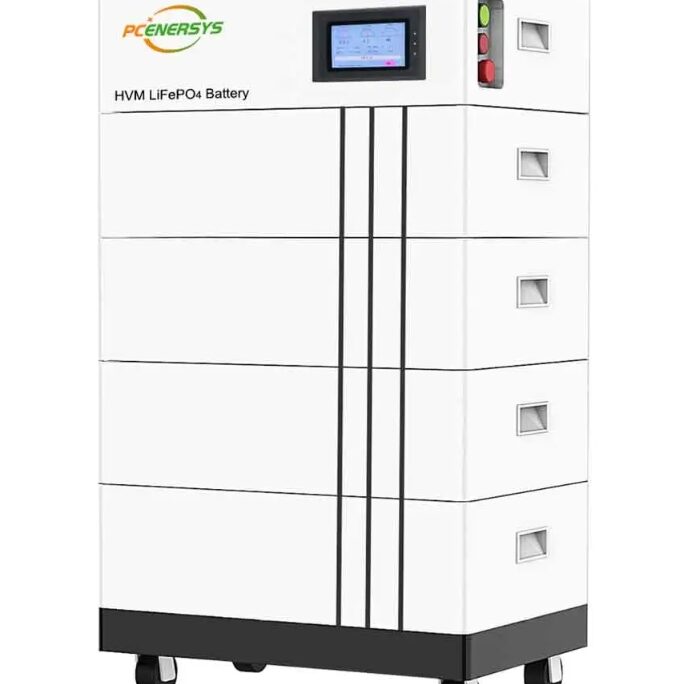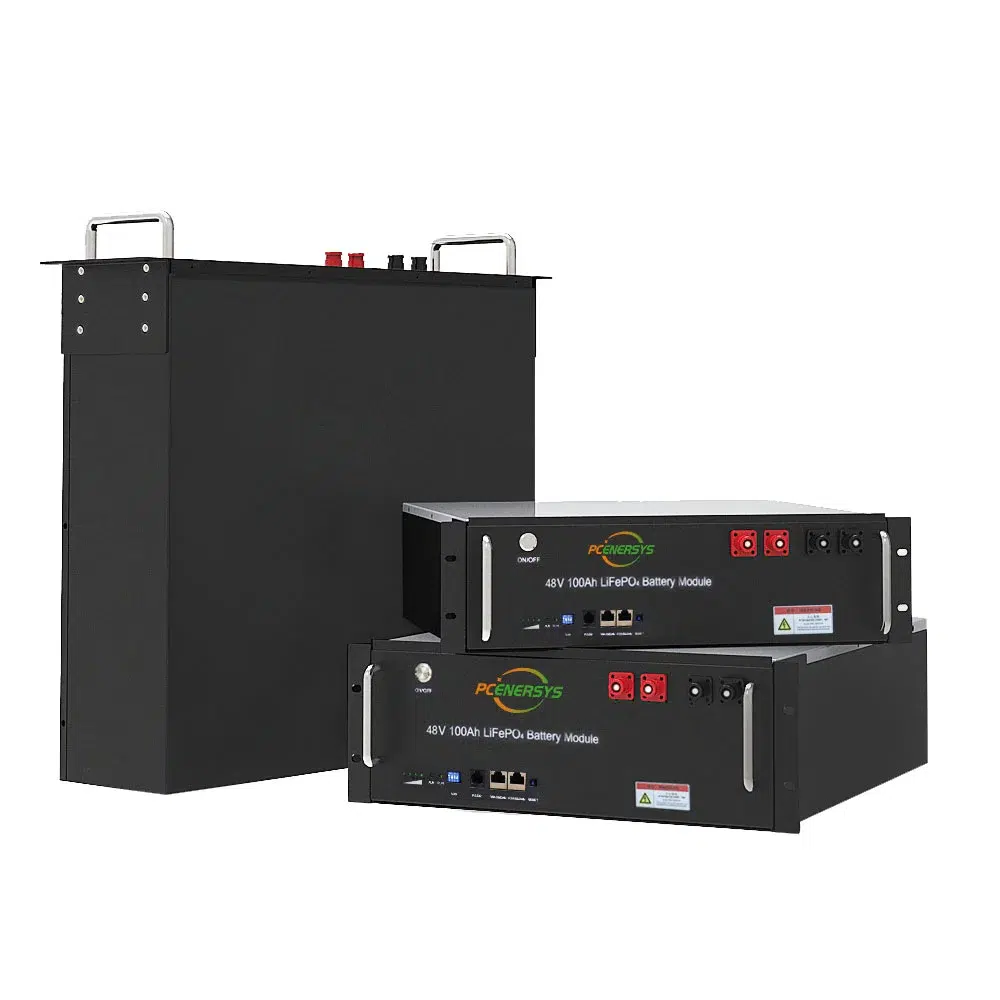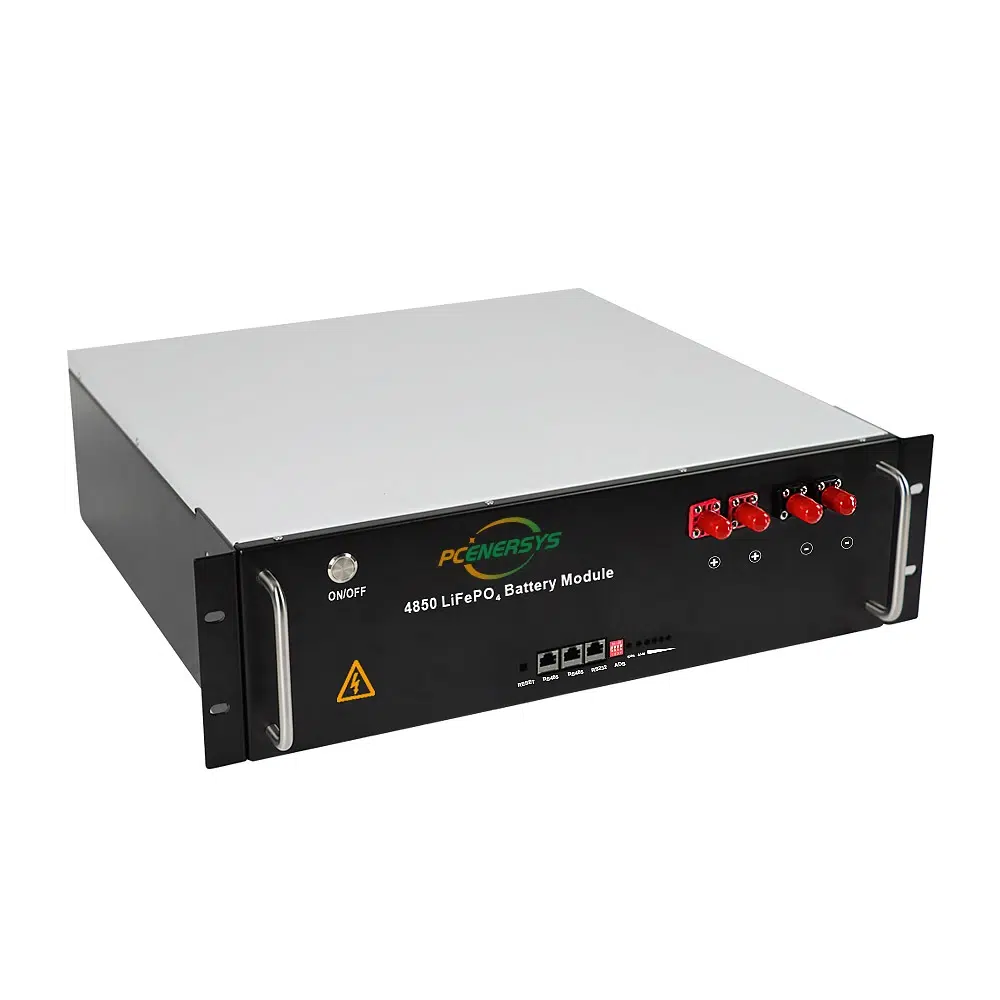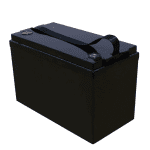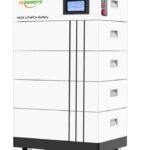Many users will ask about the service life of LiFePO4 high voltage batteries when purchasing them. We will answer this question in this guide. At the same time, I would like to give you some suggestions when using lifepo4 high voltage battery, which can extend their use, avoid some methods that reduce lifespan, and improve everyone’s experience with using them.
Service life of LiFePO4 high voltage battery
The service life of Pcenertech’s LiFePO4 high voltage batteries is more than ten years. This extended service life is due to many factors. The main reason is new A-class lithium iron phosphate batteries, which give them excellent stability. They also resist degradation, allowing these batteries to withstand numerous charge and discharge cycles without significant loss of capacity or performance. Of course, suppose you want to maintain such a long service life. In that case, you must do an excellent job of charging and discharging, temperature management, and typical usage patterns during daily use. We will share how to achieve these points individually in the following paragraphs.
Controlling the depth of discharge of lifepo4 high voltage battery
Depth of discharge is the percentage of capacity a battery discharges during each cycle. To better control the discharge depth of LiFePO4 high voltage batteries and extend their service life, we recommend controlling its discharge depth range from 20% to 80% of the total battery capacity. Setting a conservative depth of discharge can help reduce stress on the battery cell and extend its life. This ensures that the battery is not overstressed by using only a portion of the battery’s capacity in each cycle.
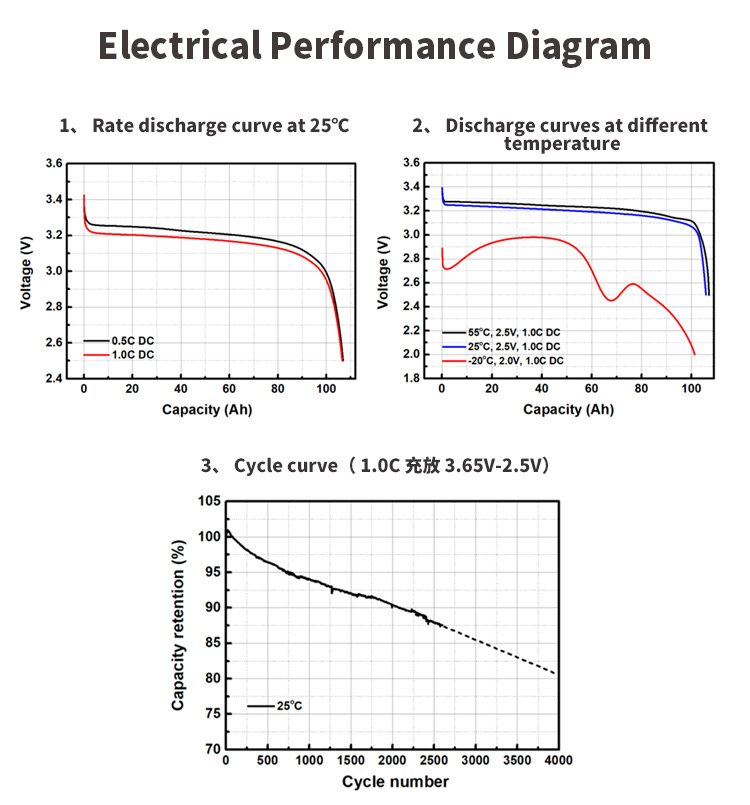
Controlling the operating temperature of lifepo4 high voltage battery
After controlling the depth of discharge, the operating temperature of the LiFePO4 high-voltage battery must also be controlled within the range of charging temperature 0~60℃ and discharge temperature -10~60℃. Operating the battery in this range reduces stress on the battery and extends its life. Ideally, LiFePO4 batteries should operate within a moderate temperature range, avoiding excessively hot or cold temperatures to ensure optimal performance and longevity. A proper thermal management system using heat sinks, pads, and fans can keep the battery at a stable operating temperature.
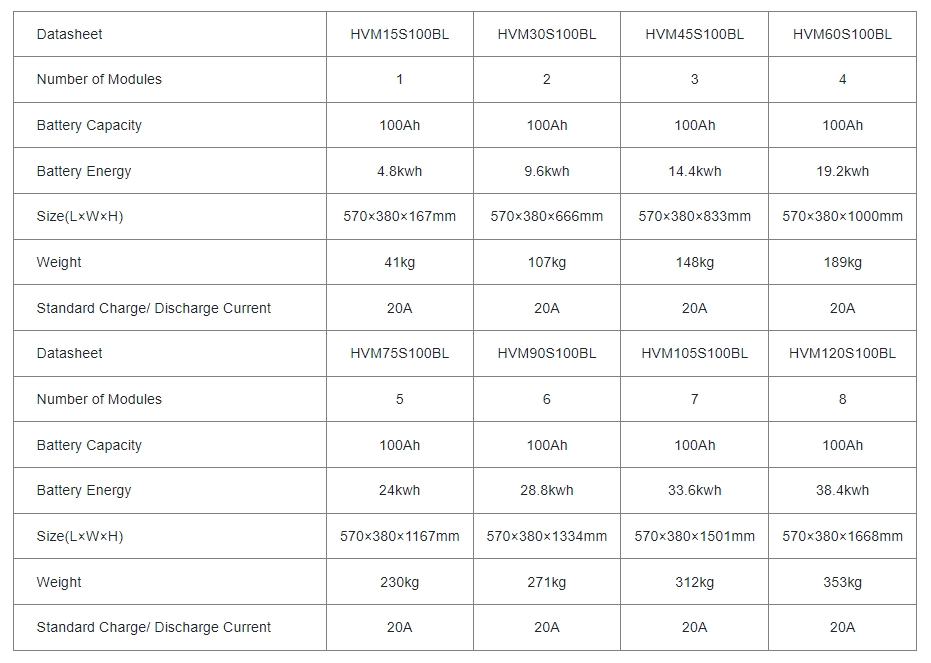
Avoid excessive charge and discharge rates!
High charge and discharge rates cause increased heat generation and stress within the battery, leading to mechanical and chemical degradation within the battery over time. Therefore, when we charge LiFePO4 high-voltage batteries, we must use a charger compatible with the battery specifications and ensure that the charger’s voltage and current output are within the battery’s recommended limits. At the same time, we can adjust charging and discharging rates through the battery management system (BMS) to ensure they remain within a safe range. In addition, it provides overcurrent and overvoltage protection to prevent overcharging and discharging of the battery.
The best mode for daily use
In addition to making the above points, we should regularly check the voltage, SoC, and overall condition of the battery in daily use, and clean the battery terminals and connections from time to time to prevent corrosion. In addition, if your LiFePO4 high voltage battery has multiple batteries connected in series, you must implement a battery balancing system. This ensures we maintain each cell in the battery pack at a uniform voltage level. If you need to store the battery for a long period of time, store it in a cool, dry environment at a partially charged state (approximately 50%). We will give you a suggestion and guide when you receive the battery. You can completely follow the above tips to maintain and use the battery.
Maintain a long service life.
The typical service life of pcenertech’s LiFePO4 high-voltage batteries is over 10 years. If you want to maintain a long service life, please follow the key factors mentioned in the article and adopt correct and compliant usage.

